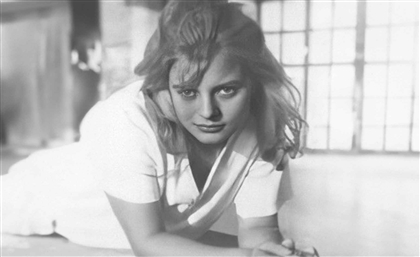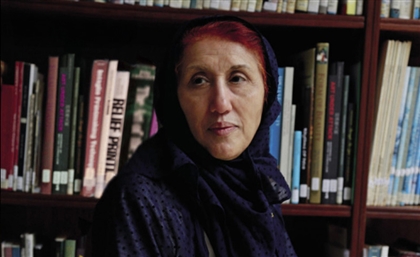Photographer Amr Fayek Captures Cairo’s Grace, Beauty & Frenzy
Amr Fayek roams Cairo’s streets and captures film photographs of its storied buildings and characterful faces.
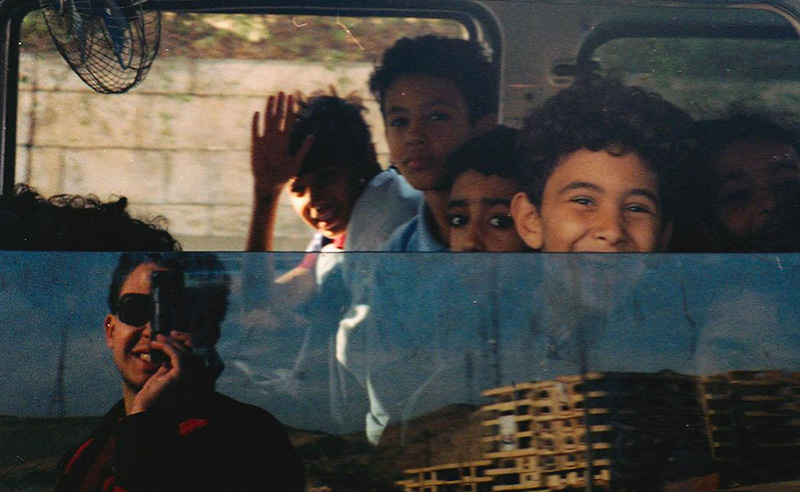
In the artistic sphere of photography, some have achieved very succinctly in picturing the odd, the bizarre, the beautiful, and the understated grace of Cairo’s people and places. Amongst such photographers we come across Amr Fayek, a 25 year old film photographer who for the past 11 years has been capturing the magnificent moments and visages that create the city itself. We spoke with Fayek about his works, before he took us on a journey of the city through his lens.
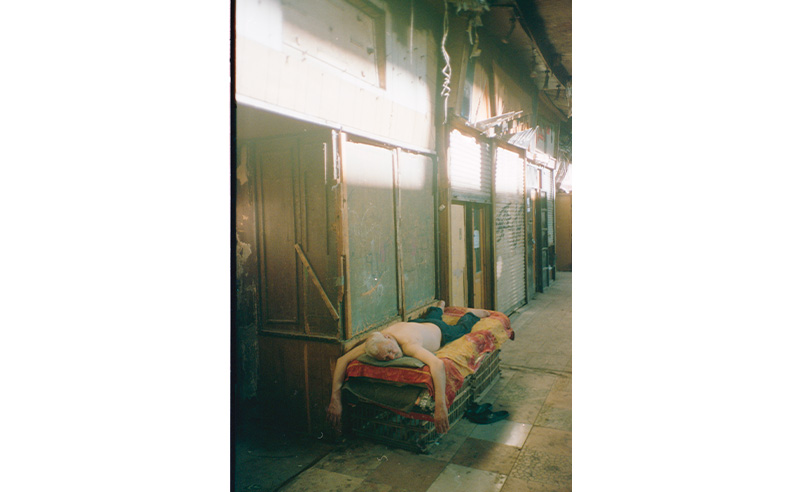
“I am inspired by the poetry of the everyday,” Fayek tells CairoScene, “and Cairo as my muse is full of poetry.” Fayek finds such scenes between stills of mowazafeen in elegant suits in the morning mist waiting for their buses to carry them to the offices, to portraits of sagely old faces telling stories stretching back to the numerous eras which have shaped the city’s soul. “Despite the immense struggles, we, the Cairenes, are masters of smiling, and of kindness… This is all reflected in the characterful faces which I capture.”
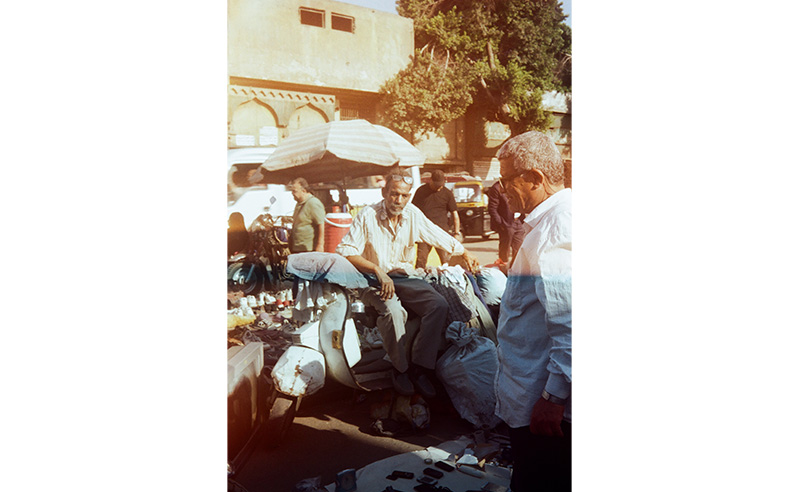
A complimentary artistic comparison to the photography of Fayek is perhaps the 1955 novel ‘Proud Beggars’ by Egyptian author Albert Cossery. In this novel, Cossery recounts the daily life of Cairo’s ordinary citizens- the squalor, the intrigue, the immense vivacity of being residents of this chaotic city in all its intensity, frenzy, and insouciant beauty. A passage of the novel describes one of the novel’s central characters, Yeghen, contemplating the kindness of Cairene society, “Curious population! Delighted with this fraternal and wonderfully comforting togetherness, Yeghen made his way through the crowd. He was on his own territory; here, his ugliness didn’t offend anyone. On the contrary, in contrast with these humble men it acquired a kind of radiance. He was quickly recognized and greeted by friendly exclamations. Several times he was invited to have a glass of tea.”
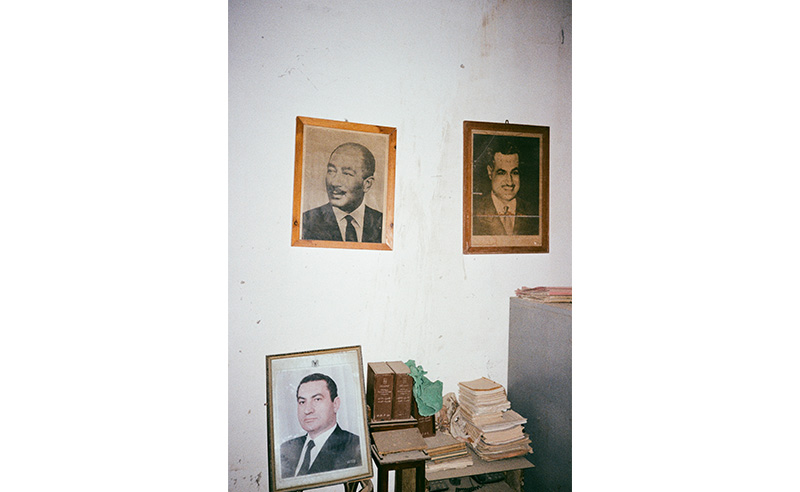
The writers of the city have for centuries, perhaps since the founding of the City Victorious, similarly described the ins and outs of normal life in Cairo with great flair in their poetry and prose. Painters too have created canvasses of both the monied, bourgeois and shaded districts as well as of the city’s more impoverished quarters, where life takes on a slower pace, and where the vividness of colourful dresses, the sombreness of earth-coloured galabeyas, and the weariness of desperate faces have put the city’s socio-economic realities into the consciousness of the gilded and far-removed beau monde.
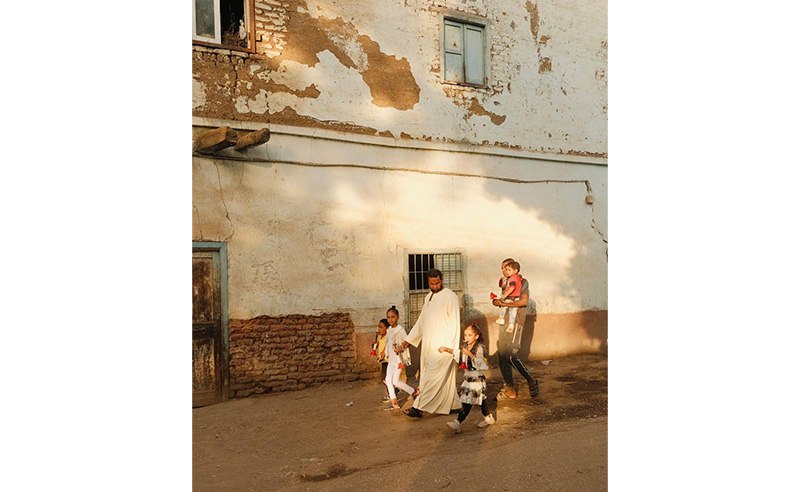
Before he tread these same storied streets to snap his own vision of Cairo, Fayek began his journey into photography as a curious 14 year old. After first picking up a camera, he quickly became enamoured with its ability to create and subsequently capture the human experience. Fayek would later realise his luck of being a photographer in one of the most photogenic cities in the world, for those who enjoy the grit of the ordinary, and the glory in faded grandeur. “The city's dynamic and unpredictable nature provides endless opportunities for capturing unique and unexpected moments,” Fayek says. “My Cairo is a complex and beautiful canvas.”
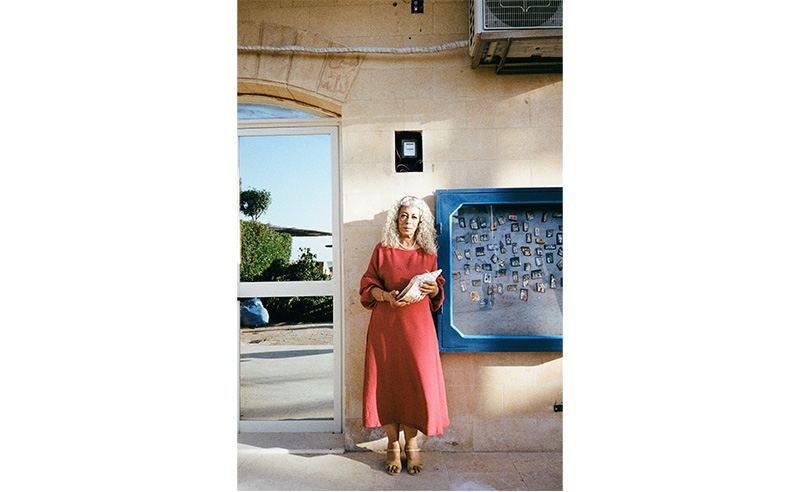
Unlike other contemporary photographers of the city, Fayek is orthodoxly committed to film photography, allowing him to lull his audience into the daze of soft and muted colours which the dust-filled air naturally creates. “The aesthetic of film photography captivates me. The colours, tones and textures captured on film possess a distinct quality that I find more realistic and visually appealing compared to digital images,” Fayek shares. “Film has a way of beautifully preserving the atmosphere and mood of a moment, adding depth and character to my photographs.” Indeed, when not shot in black-and-white film, the hues of Fayek’s photographs almost recreate the Cairene hues as seen with the human eye - the baby blue sky on a summer afternoon, and the haze of the pollution and mists of a wintry morning, even the scent evoked of a roasted batata vendor’s cart.
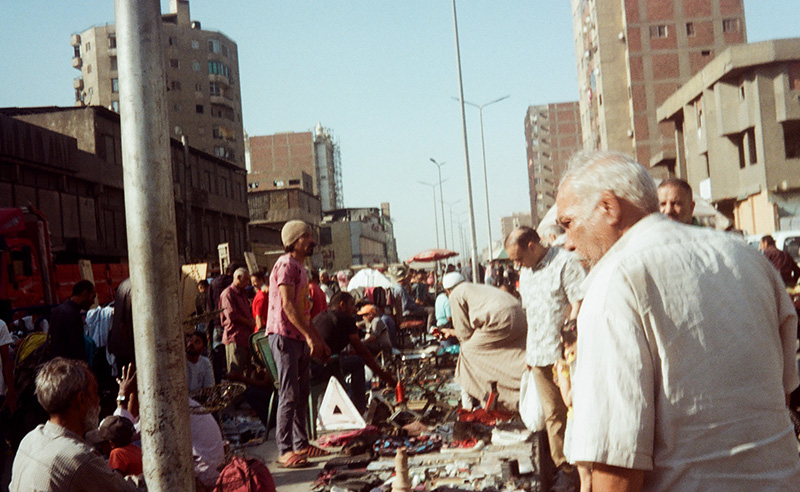
Apart from the characterful faces which grace Cairo’s boulevards and alleyways, Fayek is also inspired by the city’s urbanity and the proliferation of detailed buildings, which also serve as a conduit to view the city from a distinct vantage point. He often climbs them to get a birds-eye view of the city - in his opinion, a juxtaposition to the frenzy happening at street level. “I'm drawn to the high-rise buildings, allowing me to witness the city from a different vantage point. Seeing Cairo from above offers a breathtaking view and a unique understanding of its vastness.”
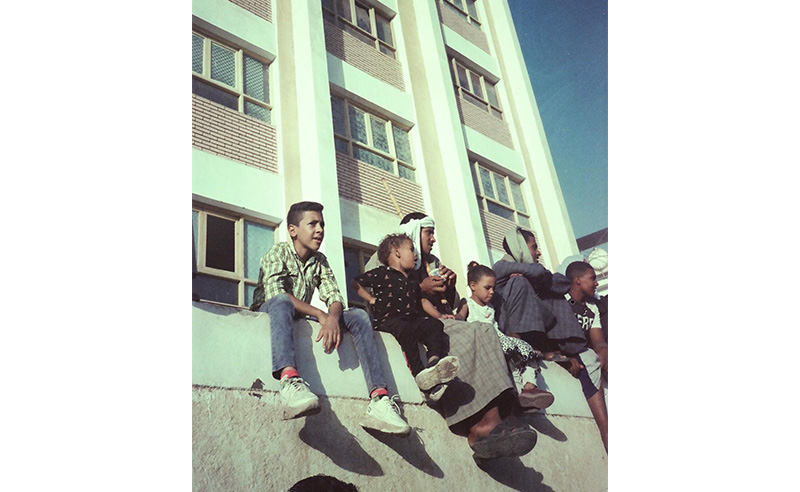
Describing his love of discovering the lesser known structures of the city, Fayek says, “Cairo is full of glorious abandoned places, which hold deep and profound stories. There's a sense of adventure and mystery in uncovering the secrets of these forgotten spaces.”
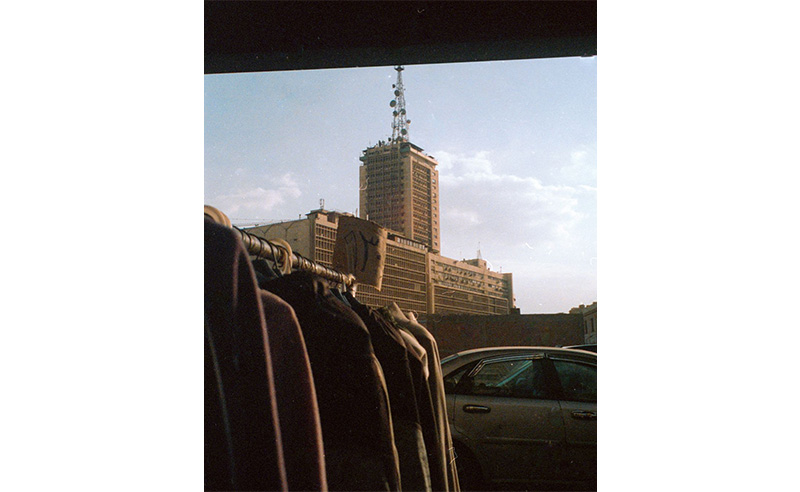
In the aforementioned 1955 novel, Cossery used a cafe, one of the staples of Cairene street and social life, as a metaphor for the city: “The Mirror Café appeared to be a place created by man’s wisdom within the confines of a world doomed to sadness. Yeghen always felt amazed by this idleness and this delirious joy. It seemed that all of these men knew nothing of the anguish, the painful uncertainty of a miserable destiny. True, poverty marked their clothes made of innumerable rags and inscribed its indelible imprint on their emaciated, haggard bodies; yet it hadn’t managed to erase from their faces the shining joy at still being alive.”
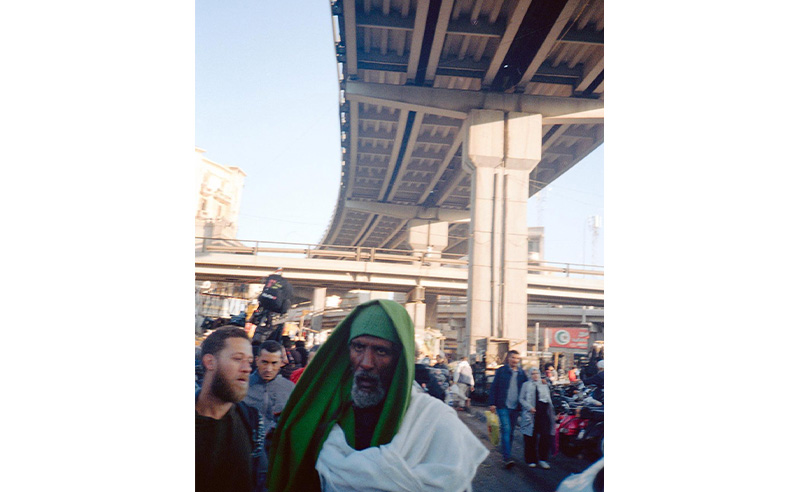
What Cossery captures in words, the young and contemporary Fayek has captured in photographs - over half a century later, the artistic description of the Cairene populace has little changed. The novel was published in 1955 during an extremely dynamic period in the country’s history - it was Egypt’s first ever shift from dynastical rule to republicanism, and its first period of rule by native Egyptians since pharaonic times. From that immense period and arguably since the city’s founding over one thousand years ago, the city has ascended and descended from triumphs to despair, and from collective excitement to collective defeat, at numerous different points and for a myriad of different reasons. Yet, the Cairene has remained joyful, laughing in the face of life’s very dark humour. Fayek has then joined the numerous artists who have through the centuries been simultaneously documentors, observers and lovers of ‘the Mother of the World’.
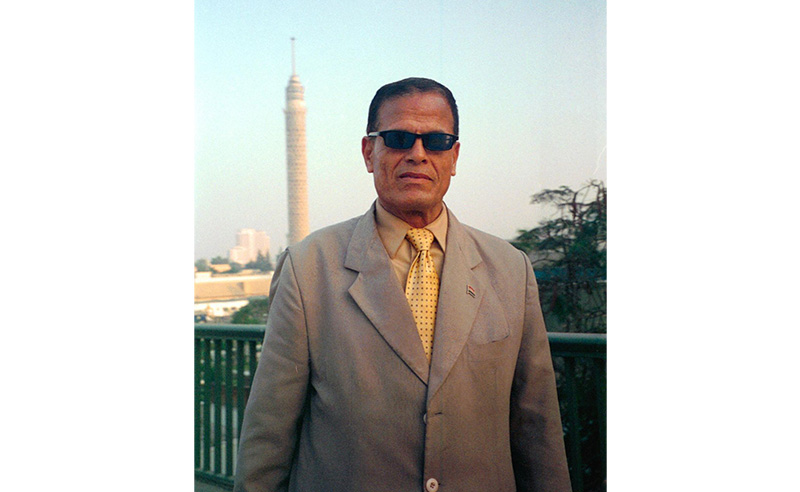
“How magnificent this Cairo of ours is, and how full of tales,” Fayek tells us. “A city of inspiration, where boredom is a foreign concept.”
- Previous Article STYLED PICKS: Our Favourite Editorial Makeup Artists from the Region
- Next Article Travel Across History on Egypt's Most Iconic Bridges
Related Articles
Trending This Week
SceneNow TV
Events Calendar





